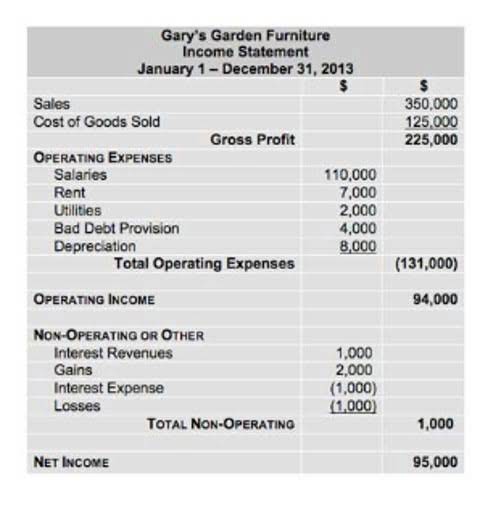
Retained earnings offer internally generated capital to finance projects, allowing for efficient value creation by profitable companies. However, note that the above calculation is indicative of the value created with respect to the use of retained earnings only, and it does not indicate the overall value created by the company. Revenue and retained earnings have different levels of importance depending on retained earnings represents what the underlying company is trying to achieve. Revenue is incredibly important, especially for growth companies try to establish themselves in a market. However, retained earnings may be even more important for companies who have been saving capital to deploy for capital expansion or heavy investment into the business. Net sales are calculated as gross revenues net of discounts, returns, and allowances.
Are Retained Earnings a Type of Equity?
Retained earnings refer to the money your company keeps for itself after paying out dividends to shareholders. Let’s say that in March, business continues roaring along, and you make another $10,000 in profit. Since you’re thinking of keeping that money for reinvestment in the business, you forego a cash dividend and decide to issue a 5% stock dividend instead. Your bookkeeper or accountant may also be able to create monthly retained earnings statements for you.
How Do You Prepare a Retained Earnings Statement?
It represents a company’s profit after paying its expenses and dividends and includes all of the company’s retained funds since its inception. Retained earnings, on the other hand, specifically refer to the portion of a company’s profits that remain within the business instead of being distributed to shareholders as dividends. Net profit refers to the total revenue generated by a company minus all expenses, taxes, and other costs incurred during a given accounting period. When a company consistently experiences net losses, those losses deplete its retained earnings.
Try QuickBooks Accounting Software for Small Businesses Free for 30 Days
- Here we can see the beginning balance of its retained earnings (shown as reinvested earnings), the net income for the period, and the dividends distributed to shareholders in the period.
- Negative retained earnings mean a negative balance of retained earnings as appearing on the balance sheet under stockholder’s equity.
- Accordingly, the cash dividend declared by the company would be $ 100,000.
- We can find the dividends paid to shareholders in the financing section of the company’s statement of cash flows.
- Companies should adhere to these regulations to maintain their financial stability and legal compliance.
- For our retained earnings modeling exercise, the following assumptions will be used for our hypothetical company as of the last twelve months (LTM), or Year 0.
Conversely, if a company has a low retained earnings percentage, it may indicate that it isn’t reinvesting enough of its profits back into the business, which could be cause for concern. If a company has a high retained earnings percentage, it keeps more of its profits and reinvests them into the business, which indicates success. This financial metric is just as important as net income, and it’s essential to understand what it is and how to calculate it. This article breaks down everything you need to know about retained earnings, including its formula and examples. Shareholder equity is the amount invested in a business by those who hold company shares—shareholders are a public company’s owners.
Is Revenue More Important than Retained Earnings?
Remember that your company’s retained earnings account will decrease by the amount of dividends paid out for the given accounting period. When calculating retained earnings, you’ll need to incorporate all forms of dividends; you’ll see that stock and cash dividends can impact the final number significantly. Cash payment of dividends leads to cash outflow and is recorded in the books and accounts as net reductions. As the company loses ownership of its liquid assets in the form of cash dividends, it reduces the company’s asset value on the balance sheet, thereby impacting RE. It uses that revenue to pay expenses and, if the company sold enough goods, it earns a profit.

Hence, the technology company will likely have higher retained earnings than the t-shirt manufacturer. Much like any other part of a business, https://www.bookstime.com/ there can be downsides to retained earnings. Retained earnings are a shaky source of funds because a business’s profits change.
What Is the Difference Between Retained Earnings and Net Income?
